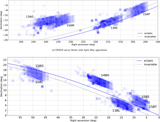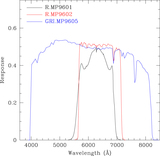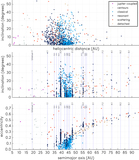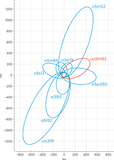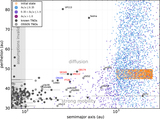Image Details
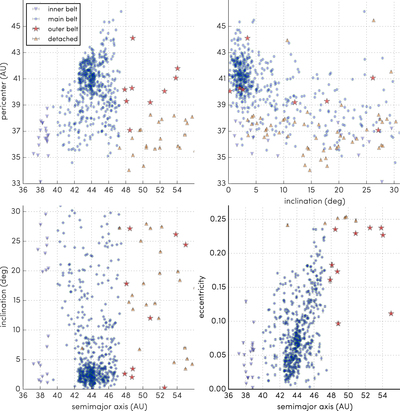
Caption: Figure 5.
Nonresonant Kuiper Belt and detached component as observed by the four surveys of the ensemble: OSSOS, CFEPS, HiLat, and A16 (Table 3: ensemble). Inner, main, and outer Kuiper Belt and detached TNOs are distinguished by symbol shape based on their orbital classifications (Section 3.3). The main Kuiper Belt (blue circles) shows a strong concentration of low-i orbits with a ≃ 44 au, a feature known as the kernel (Petit et al. 2011; Bannister et al. 2016b). The outer belt (red stars) continues at low inclinations beyond the 2:1 mean-motion resonance with Neptune (a ∼ 47.7 au). All orbital elements are barycentric, with 1σ uncertainties shown.
Copyright and Terms & Conditions
© 2018. The American Astronomical Society. All rights reserved.



